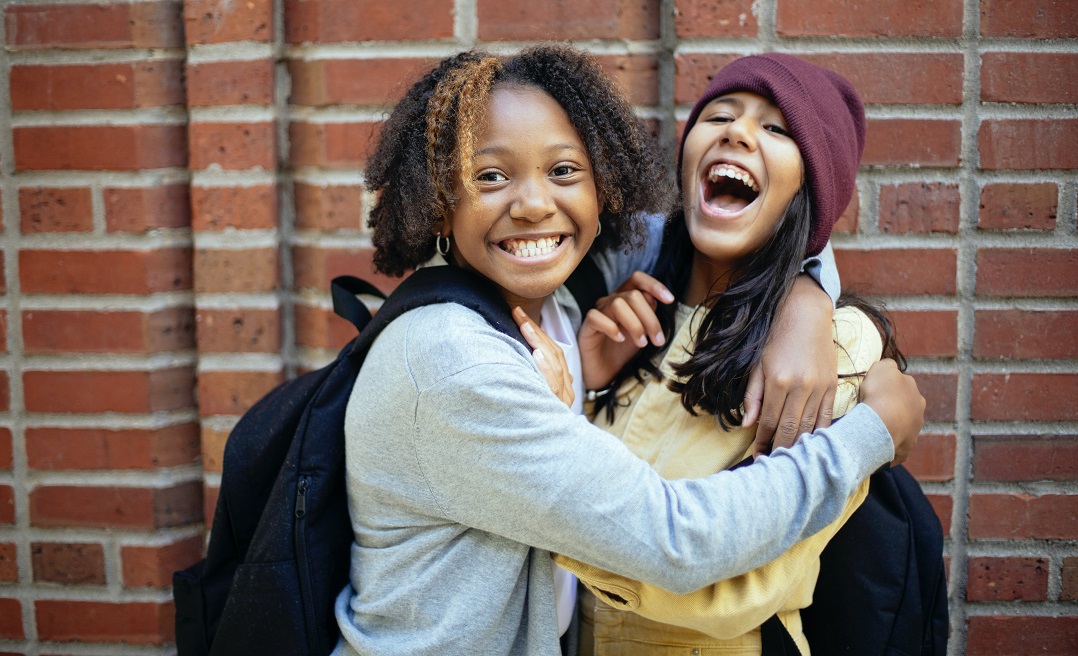BIPOC Mental Health
Mental Health Resources for Black, Indigenous, and People of Color
The way we talk about things can often influence the way we think about them. In the field of mental health, we are familiar with “person first” language. This is language that prioritizes the identity of individuals as human beings with unique experiences and identities over their mental health status. For example, we avoid describing people as “schizophrenics” and instead refer to them as “people with schizophrenia.”
This concept can be carried out as well in the way we refer to BIPOC (Black, Indigenous, and People of Color). The continued use of “minority or marginalized” sets up BIPOC communities in terms of their quantity instead of their quality and removes their personhood. The use of these terms directly contradicts MHA’s focus on the individual and our hope to empower the individual as a whole person. The word “minority” also emphasizes the power differential between “majority” and “minority” groups and can make BIPOC feel as though “minority” is synonymous with inferiority. Though “minority” and “marginalized” may continue to be used in academic spaces, the words the mental health community uses need to change in order to help communities understand how these terms create and perpetuate negative images and stereotypes of individuals that identify as BIPOC. By including “BI” Black and Indigenous in addition to “POC” people of color, we are honoring the unique experiences of Black and Indigenous individuals and their communities, as well as the spectrum of existence and experience by POC. Thus, as of July 2020, MHA will no longer use the term “minority” and is currently phasing out the term "minority" across our materials and website. This change helps demonstrate that we are actively working on looking at our own work and the role we play in educating others.
To promote and be effective in addressing mental health for all, MHA uses a racial equity and intersectional lens to highlight, better understand, and effectively respond to the range of experiences held by individuals and families with diverse values, beliefs, and sexual orientations, in addition to backgrounds that vary by race, ethnicity, religion, and language.
That's why we've put together the information in this hub:
- BIPOC mental health statistics and general information
- BIPOC Mental Health Infographic
- Healthcare disparities among Black, Indigenous, and People Of Color
- Policy issues relevant to special populations
July Is BIPOC Mental Health Month
Formally recognized in June 2008, Bebe Moore Campbell National Minority Mental Health Awareness Month was created to bring awareness to the unique struggles that underrepresented groups face in regard to mental illness in the United States.
Bebe Moore Campbell was an American author, journalist, teacher, and mental health advocate who worked tirelessly to shed light on the mental health needs of the Black community and other underrepresented communities.
In an effort to continue the visionary work of Bebe Moore Campbell, each year we develop resources dedicated to addressing and supporting the needs of BIPOC.
View our BIPOC Mental Health Month resources
BIPOC mental health statistics and general information
Please note that the statistics below are a brief overview of the prevalence of mental health conditions in special populations. For more details about prevalence, access and treatment issues, and beliefs/attitudes surrounding mental health, click on the underlined titles for more.
Black/African American Community
- Percent of African Americans with Mental Illness: 17% [Source]
- Number of African Americans with Mental Illness: 6.8 million
Latinx/Hispanic American Community
- Percent of Latinx/Hispanic Americans with Mental Illness: 15% [Source]
- Number of Latinx/Hispanic Americans with Mental Illness: 8.9 million
Asian American/Pacific Islander Community
- Percent of Asian Americans with Mental Illness: 13% [Source]
- Number of Asian Americans with Mental Illness: 2.2 million
Native and Indigenous Communities
- Percent of Native Americans/Alaskan Natives with Mental Illness: 23% [Source]
- Number of Native Americans/Alaskan Natives with Mental Illness: 830,000
Multiracial
- Percent of people who identify as being two or more races with mental illness: 25% [Source]
- People who identity as being two or more races are most likely to report any mental illness within the past year than any other race/ethnic group.
LGBTQ+ Community
- Percent of Individuals who Identify as LGBTQIA+ with Mental Illness: 37%
- Number of Individuals who Identify as LGBTQIA+ with Mental Illness: 3.9 million [Source]
Mental Health America released a report on LGBTQ+ mental health using data gathered from our online screening tools here.
Click here for an infographic on BIPOC mental health


